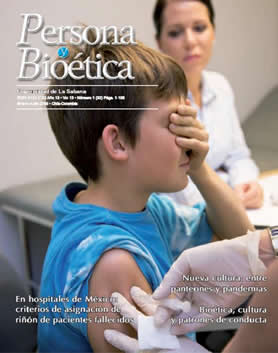ADVANTAGES OF NATURAL HUMAN REPRODUCTION
Keywords:
Reproduction, assisted reproductive techniques, germ cells.Abstract
The objective of this article is to highlight the advantages of human reproduction from the standpoint of a physiological process, a natural cycle of human fertilization, compared to the changes induced artifi cially in an assisted fertilization cycle, by underscoring the basic differences in human reproduction and in cell biology. It is well known that maturation of the gametes in natural fertilization requires the integrity of spermiogenesis in the male and ovogenesis in the female. These two processes make it possible to obtain a mature cell for fertilization based on the presence of germ cells from both the man and the woman, which must migrate to the ovary and to the testicle where they multiply through mitosis and then, through chromosome reduction, are provided with the mature haploid gametes to be fertilized. At the gonad level, the ovaries produce sexual steroids that are intrinsically related to follicular maturity and growth of the endometrium, basic situations that are necessary if embryonic nesting is to be possible. All these steps in a natural reproductive cycle are far removed from what occurs in artifi cial cycles with assisted reproductive techniques, where each of the steps mentioned is subject to complications, loss and the partial or total destruction of human biological material, exposing the embryos to unnecessary risks from the fi rst moments of life.
Downloads
How to Cite
Issue
Section
License
Authors who publish with this journal agree to the following terms:
This journal and its papers are published with the Creative Commons License Attribution-NonCommercial-NoDerivatives 4.0 International (CC BY-NC-ND 4.0). You are free to share copy and redistribute the material in any medium or format if you: give appropriate credit, provide a link to the license, and indicate if changes were made; don’t use our material for commercial purposes; don’t remix, transform, or build upon the material.





